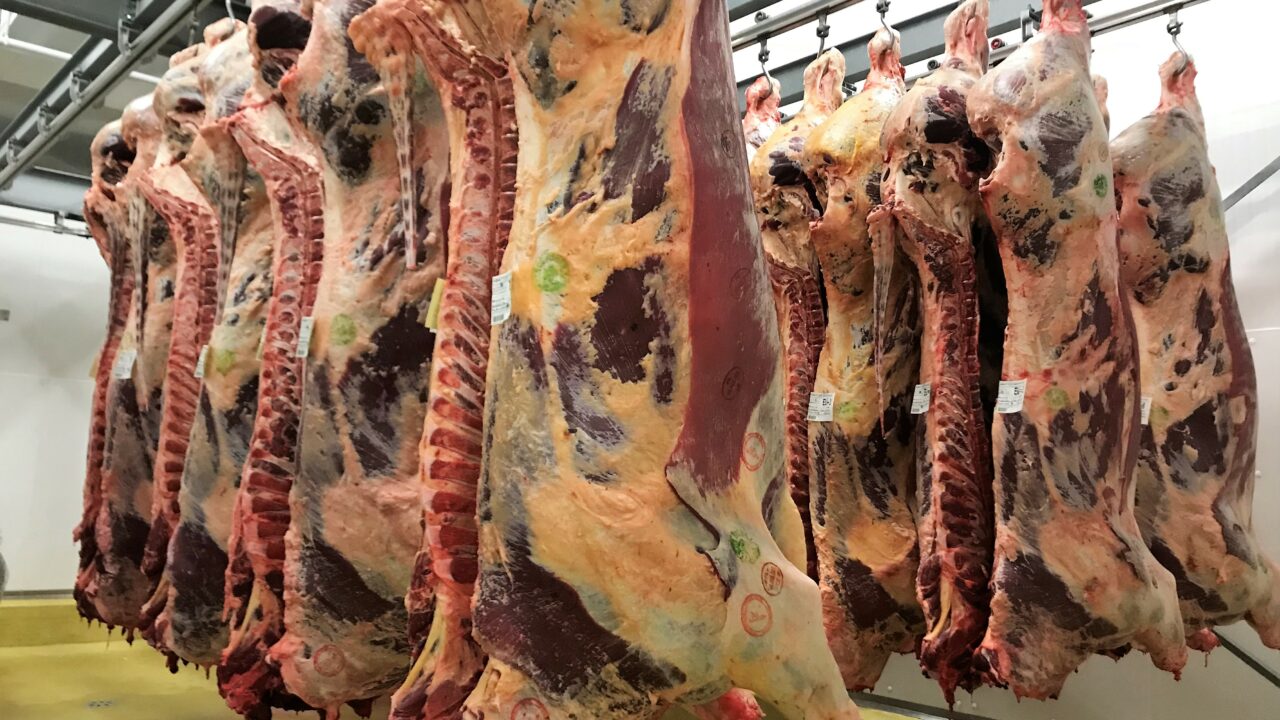The future application of new grading machines modified with more up-to-date technologies “will result in a better performance of carcass classification”, according to the Department of Agriculture, Food and the Marine trial on grading.
A report of the trial – which was conducted during 2018 and 2019 – was published recently by the department, with results long-awaited on the matter.
The report noted that, while the current mechanical classification of beef carcasses is operating in full compliance with EU regulations, a possible modification of more recent technologies was considered by the industry due to a number of factors.
To validate this new technology, a trial was organised at Slaney Foods in Bunclody, Co. Wexford.
In Bunclody, two machines were used: the existing classification machine; and a second machine with modified technology – a new digital camera and LED lights.
Piet van de Lindeloof, an independent classification expert from the Netherlands, was employed to oversee the trial.
The trial found that the accuracy results for the modified machine were better than the current offering.
Meanwhile, for conformation on the same sample and equations, the modified machine received a score of 85.2%; some 1.1% higher than the 84.1% score given to the current machine.
According to Lindeloof, the accuracy and bias results for the modified machine are at levels greater than those for the classification machines currently in use although the current machine also performed at very high levels.
Future application of the modernised equipment will result in a better performance of classification and will be more future-proof due to the use of modern techniques and equipment, the classification expert concluded.
